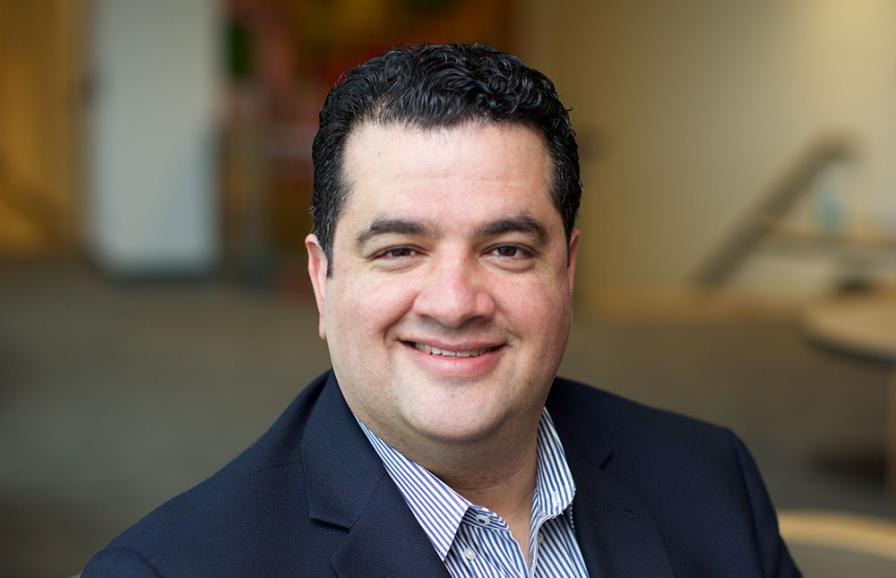In this episode of The Oncology Brothers, we had the pleasure of speaking with Dr. Mazyar Shadman, a professor of medicine at the Fred Hutch Cancer Center, who specializes in lymphoid malignancies. We delved into the evolving landscape of chronic lymphocytic leukemia (CLL), which is the most common leukemia in adults.
Dr. Shadman emphasized that not all newly diagnosed CLL patients require immediate treatment, especially if they are asymptomatic. We discussed the essential workup needed before initiating treatment, including cytogenetic testing and understanding patient comorbidities. The conversation then shifted to treatment options, where Dr. Shadman outlined the differences between time-limited therapies, such as venetoclax combined with obinutuzumab, and continuous BTK inhibitors like ibrutinib, acalabrutinib, and zanubrutinib.
A significant part of our discussion focused on patient preferences regarding treatment duration and the importance of shared decision-making. Dr. Shadman highlighted the role of minimal residual disease (MRD) testing, noting that while it is a major area of research, it is not yet ready for routine clinical practice.
We also touched on the management of side effects associated with BTK inhibitors and the importance of considering patient-specific factors when choosing a treatment regimen. In the context of relapsed or refractory disease, Dr. Shadman discussed the potential of CAR-T therapy and the need for early discussions about this option.
Overall, this episode provided valuable insights into the current treatment landscape for CLL, emphasizing the importance of personalized care and the evolving options available for patients.
